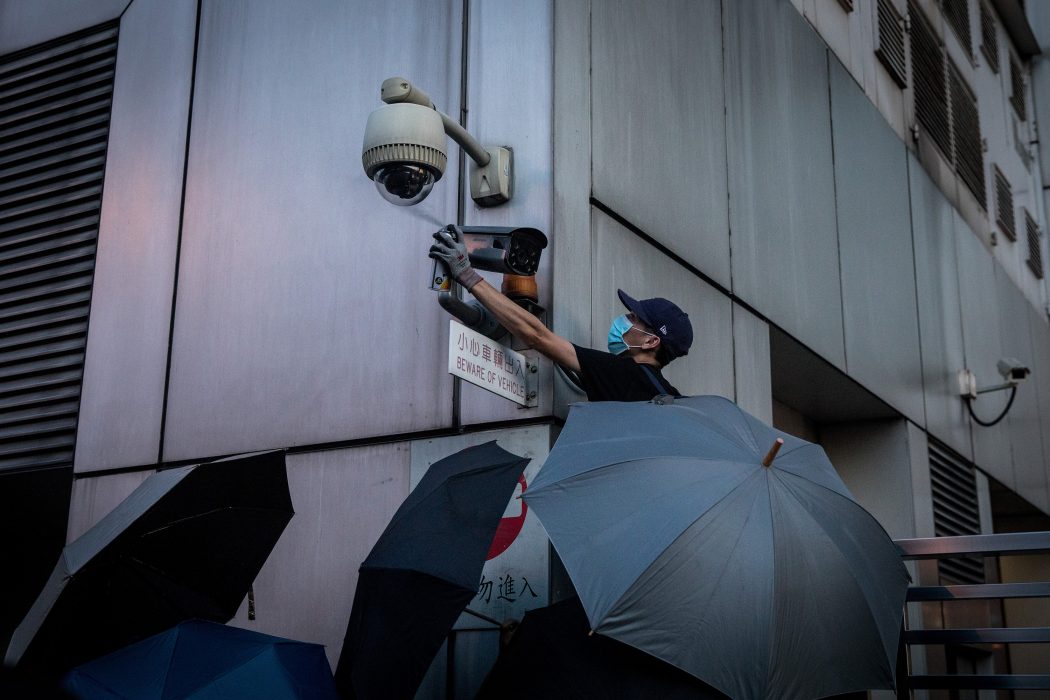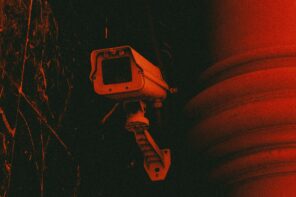Chinese citizens are some of the most closely monitored people in the world. Smart lampposts loom over intersections like prison towers, locking on faces like searchlights. Everything is recorded. Everything is looked over. It’s like China has the world’s biggest case of FOMO: nothing is ever missed or forgotten.
Currently being implemented, the new “social credit system” aims to link welfare applications, school admissions, health benefits, and even the right to travel to citizens’ observed behaviours on CCTV footage. And they can do this at a scale no state or corporation can beat; the authoritarian nature of their country has allowed its technologies to reign supreme in the AI facial recognition gamespace with little to no resistance. This killer combination of rapidly growing technology and authoritarian governance is enough to push Hong Kongers to take a stand against China’s high-tech controls. They must, for fear that a dystopian future will stop them from getting the chance ever again.
“The protests began with an extradition bill, that many feared would erode the ‘one country, two systems’ constitutional principle used during negotiations with the United Kingdom for the reunification of China in 1997″
Hong Kong is a special administrative region of China, with an independent judiciary system and freedoms much broader than those of the mainland. The protests began with an extradition bill, that many feared would erode the “one country, two systems” constitutional principle used during negotiations with the United Kingdom for the reunification of China in 1997. So fundamental was that principle that it was called the Basic Law. But even when the divisive bill was withdrawn, the protests didn’t stop. The wheels had already been set in motion, and Hong Kongers called for more and more change. Now, they’re turning their attention to technology.
“All this lends itself to creating a highly anonymous, efficient and,most importantly, decentralised protest movement, with no clear leader to arrest, and no physical camp to bust”
Modern technology spawned a leaderless movement in Hong Kong, where encrypted apps helped spread information hidden from the eyes of Big Brother on the mainland. The LIHKG Forum, something similar to Reddit, is used to discuss political ideas and protest strategies; the public are invited to upvote and downvote their favourites. AirDrop is particularly useful for spreading meeting information to older citizens, who sometimes leave Bluetooth on without even knowing. All this lends itself to creating a highly anonymous, efficient and,most importantly, decentralised protest movement, with no clear leader to arrest, and no physical camp to bust.
“People are fighting back, and with brute force if they must: some smart lampposts were installed in Hong Kong too, and protesters, armed with nothing fancier than simple ropes and saws, cut them down”
Yet it’s easy to see that tech, while playing a heroic role in their pro-democracy movement, is also their biggest enemy. Construction helmets, umbrellas and facemasks are now symbolic of Hong Kong protesters, who don heavy gear in avoidance of the wandering eyes of CCTV cameras. But the constant texting and voting on LIHKG also means locations are revealed to cellphone towers. Data is collected, so they’ve switched to paper metro cards rather than using metro cards linked to their IDs; phone numbers are captured, so they’ve switched to prepaid SIMs. People are fighting back, and with brute force if they must: some smart lampposts were installed in Hong Kong too, and protesters, armed with nothing fancier than simple ropes and saws, cut them down.
Only time will tell what results the protests will yield in Hong Kong. But a techno-evolutionary arms race is only just beginning between authorities and protesters… and technology doesn’t pick sides.








